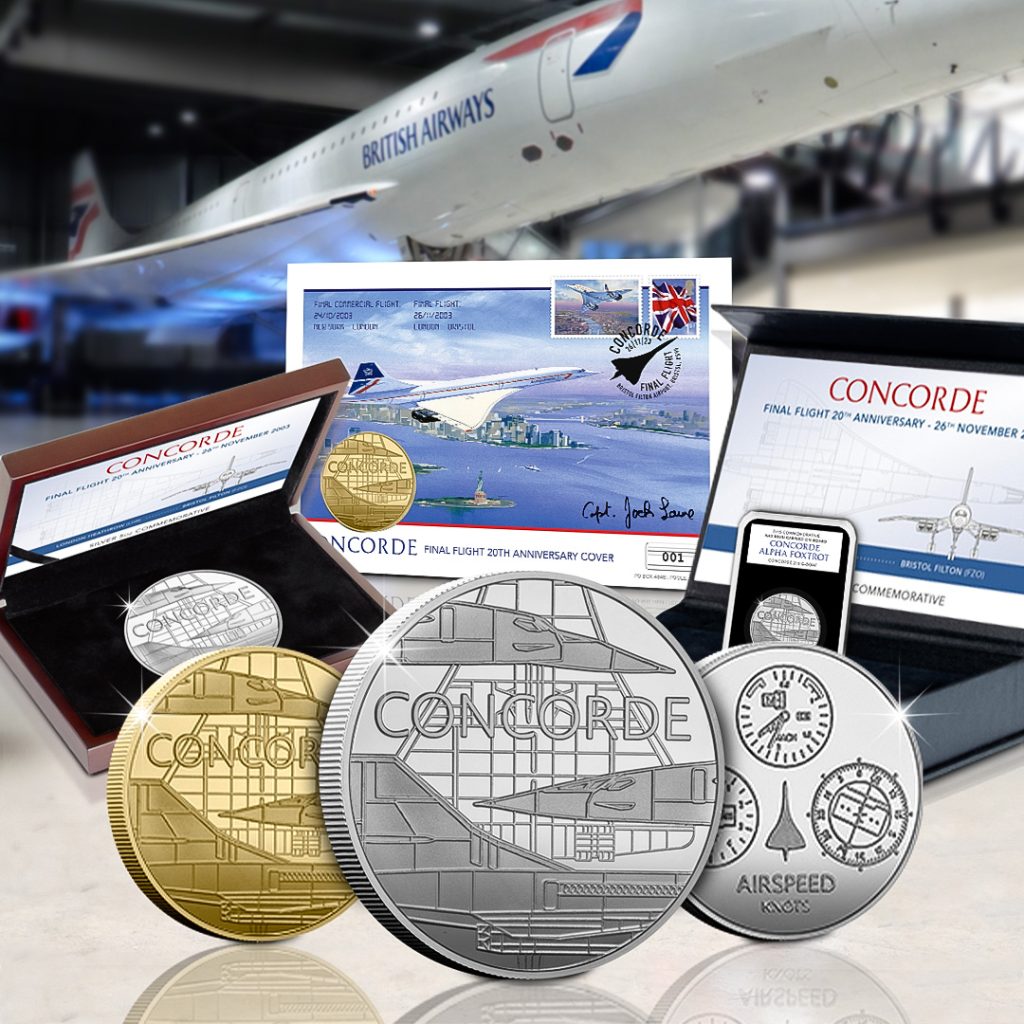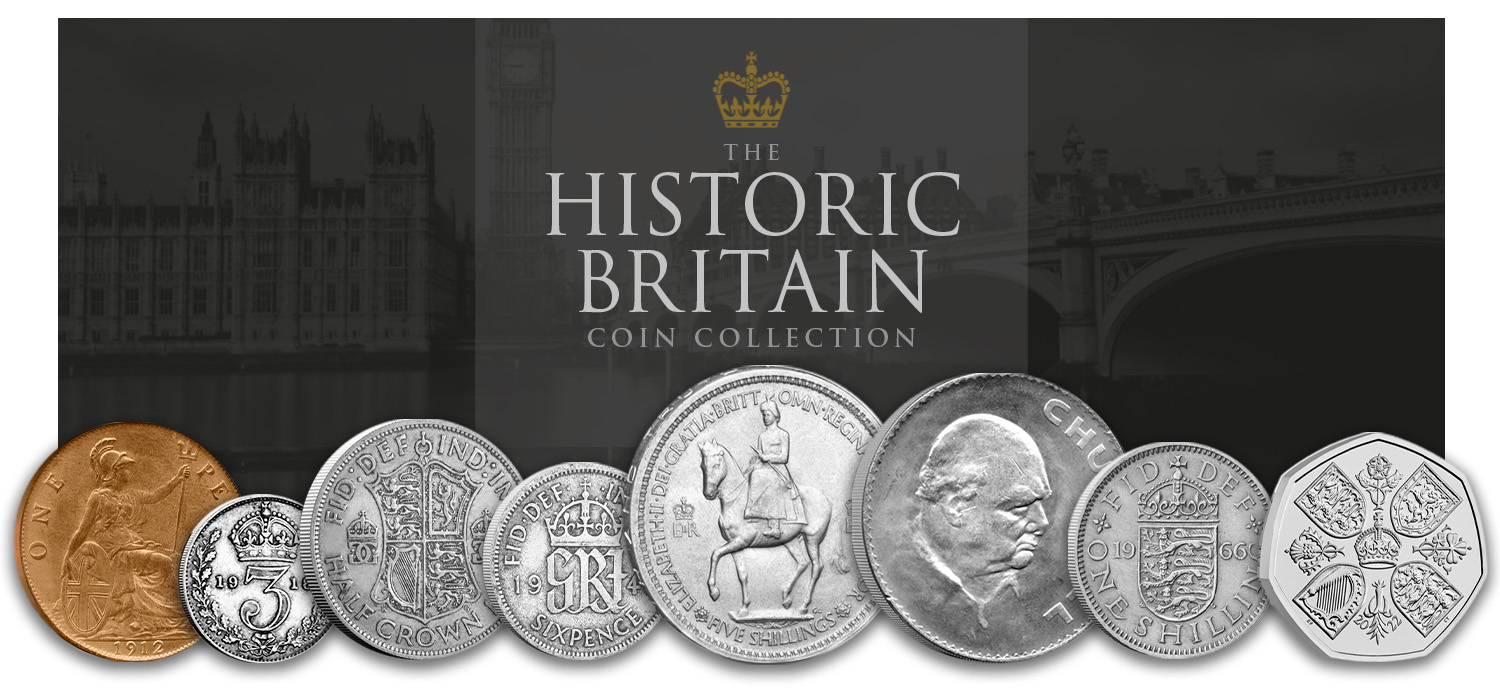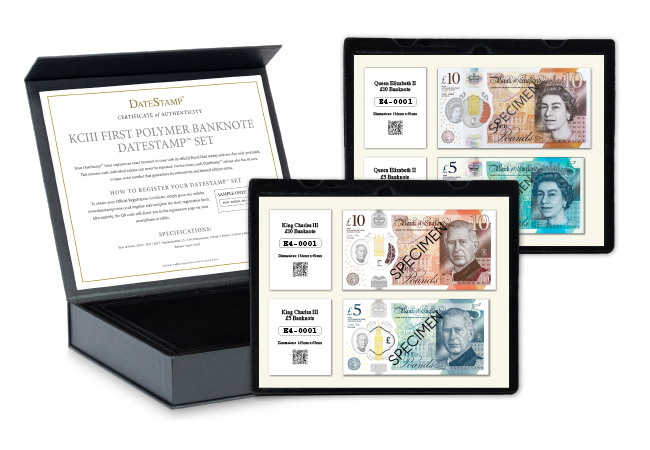Posts Tagged ‘History’
Step Back in Time: The Ultimate Historic Coin Collection
Collecting historic coins is more than a hobby—it’s a journey through time. Each coin is a tangible piece of the past, capturing moments that shaped the course of British history. From legendary rulers to pivotal events, these coins connect us to those who lived through Britain’s most defining moments.
For both new and seasoned collectors, the Historic Britain Coin Collection offers the perfect opportunity to own a curated set of iconic coins. Each coin tells a story, from the sinking of the Titanic to the coronation of Queen Elizabeth II. This collection allows you to hold history in your hands and immerse yourself in Britain’s extraordinary legacy.
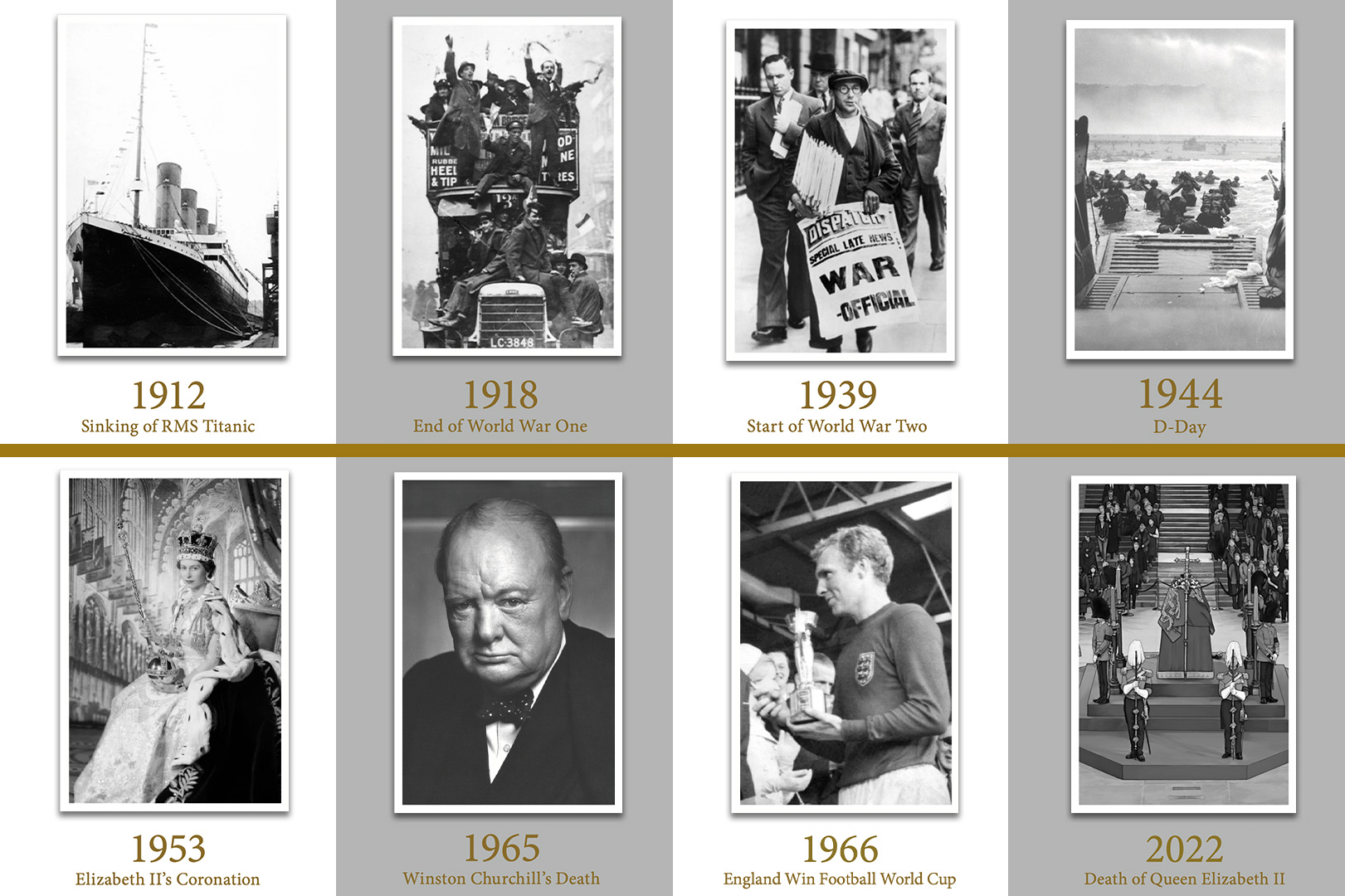
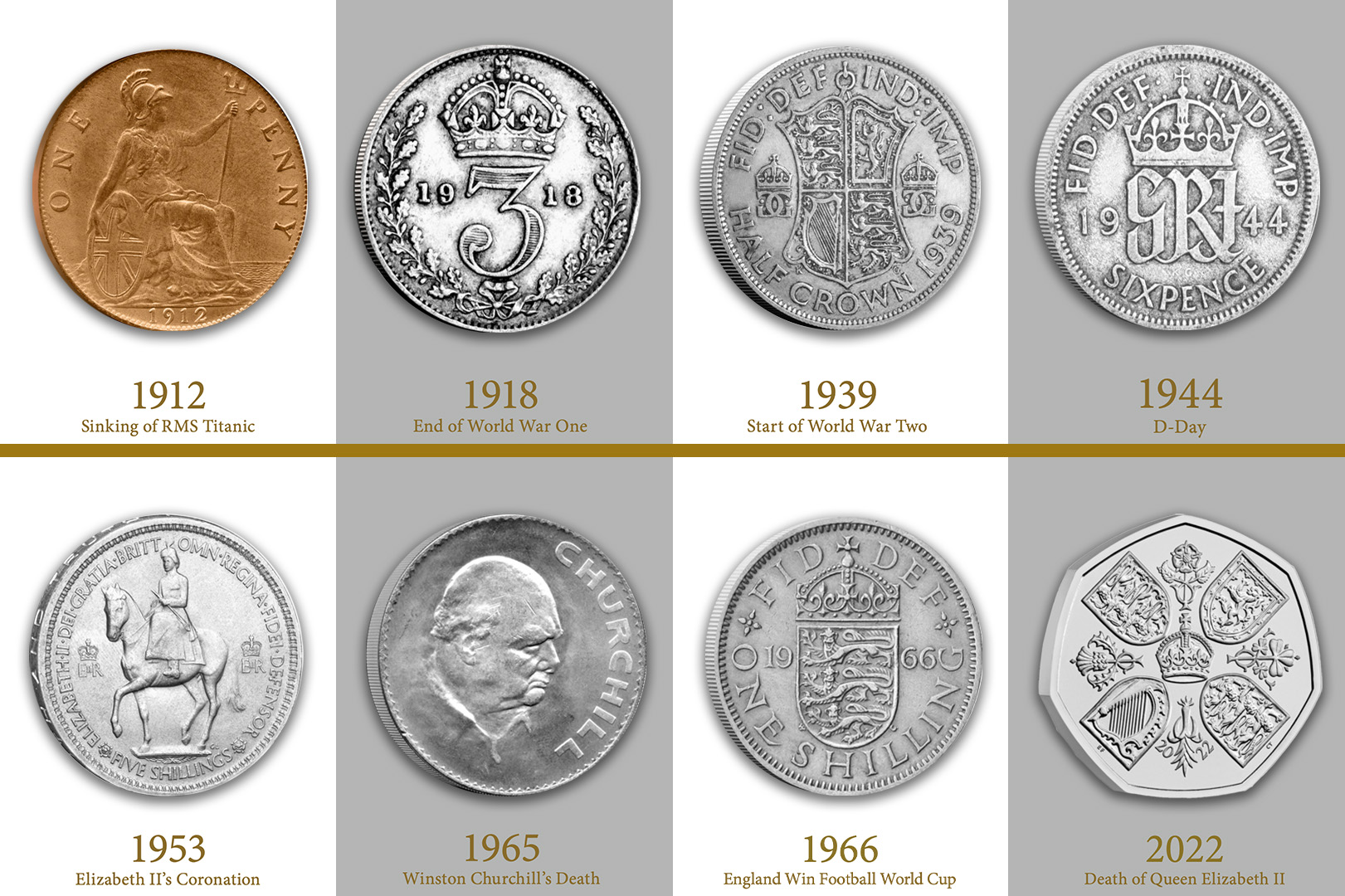
This curated set of eight iconic British coins captures some of the most poignant events of the last century, each telling its own story of triumph, tragedy, and legacy.
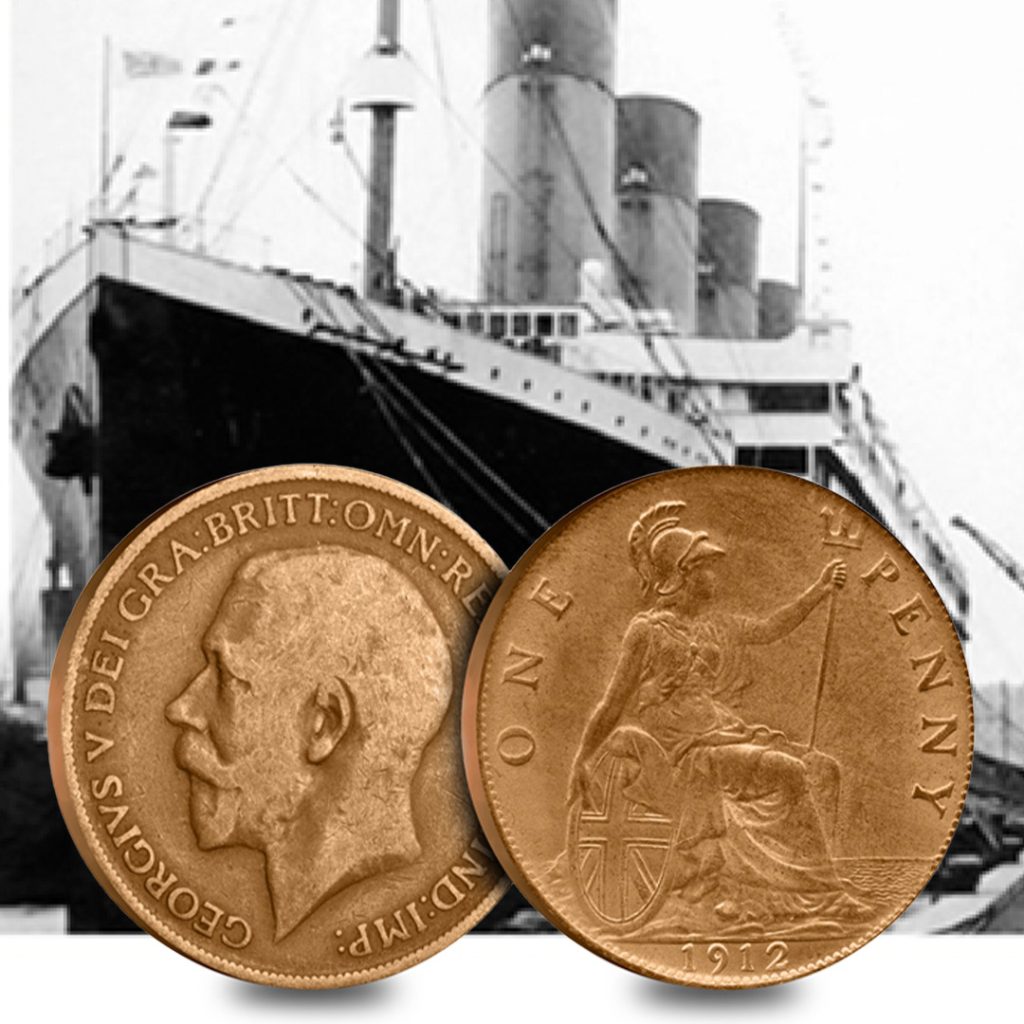
1912 Penny – The Year the Titanic Sank
A tragic chapter in maritime history, the 1912 Penny takes you back to the year the RMS Titanic sank on its maiden voyage. Once hailed as “unsinkable,” the Titanic’s journey ended in catastrophe when it struck an iceberg, claiming over 1,500 lives. This coin from that fateful year reminds us of the fleeting nature of human ambition and the importance of preparedness.
1918 Threepence – The Final Year of World War One
The war that was meant to end all wars came to a close in 1918. The 1918 Threepence, minted in the final year of World War I, symbolises the hard-won peace that followed the devastation of conflict. This coin stands as a tribute to the soldiers and citizens who endured the unthinkable to restore balance to a broken world.
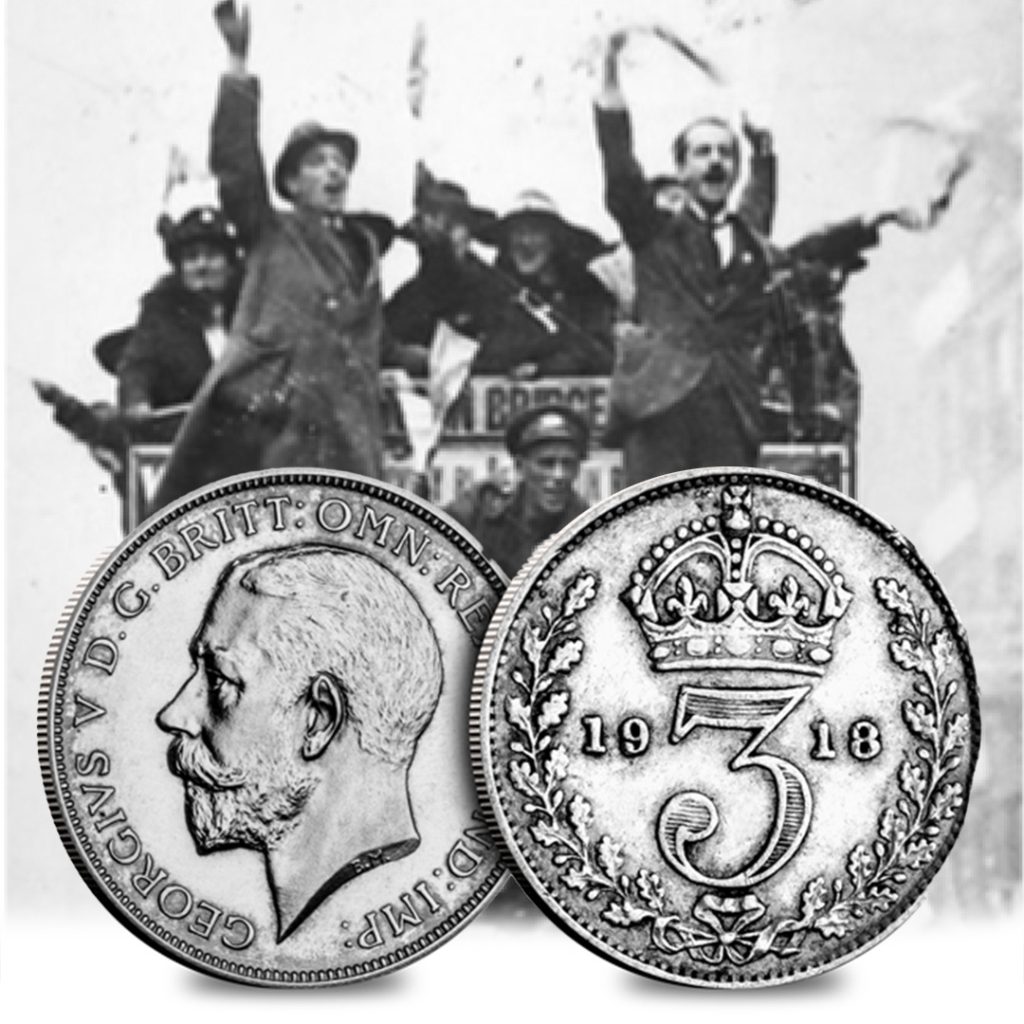
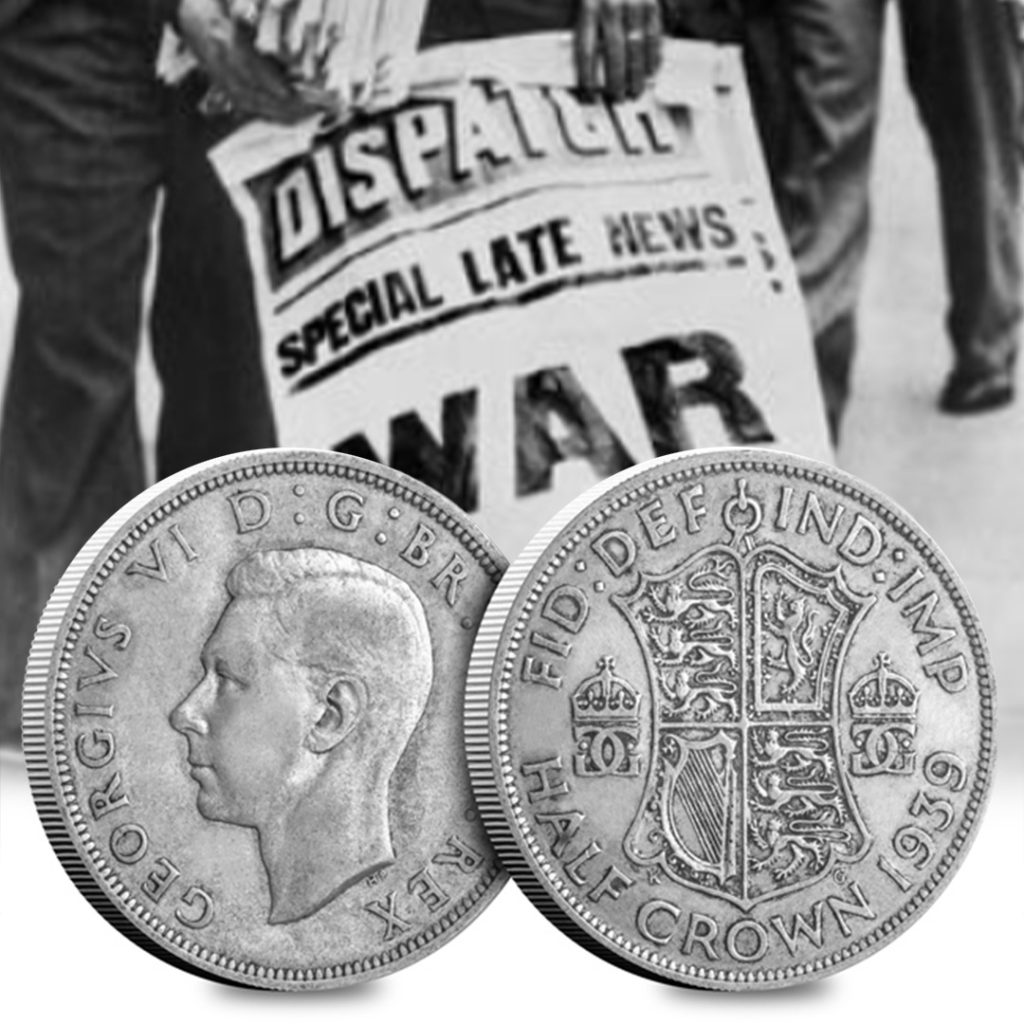
1939 Half-Crown – The Beginning of World War Two
As storm clouds gathered across Europe, Britain braced itself for another world conflict. The 1939 Half-Crown, struck in the first year of World War II, marks the beginning of a long and brutal struggle. This coin is a testament to the resilience and determination of the British people as they faced one of their darkest times.
1944 Silver Sixpence – The Year of D-Day
June 6th, 1944, forever known as D-Day, was a turning point in the Allied campaign to liberate Europe from Nazi occupation. The 1944 Silver Sixpence in this collection honors the bravery of the men who stormed the beaches of Normandy, playing a vital role in securing freedom and peace for generations to come.
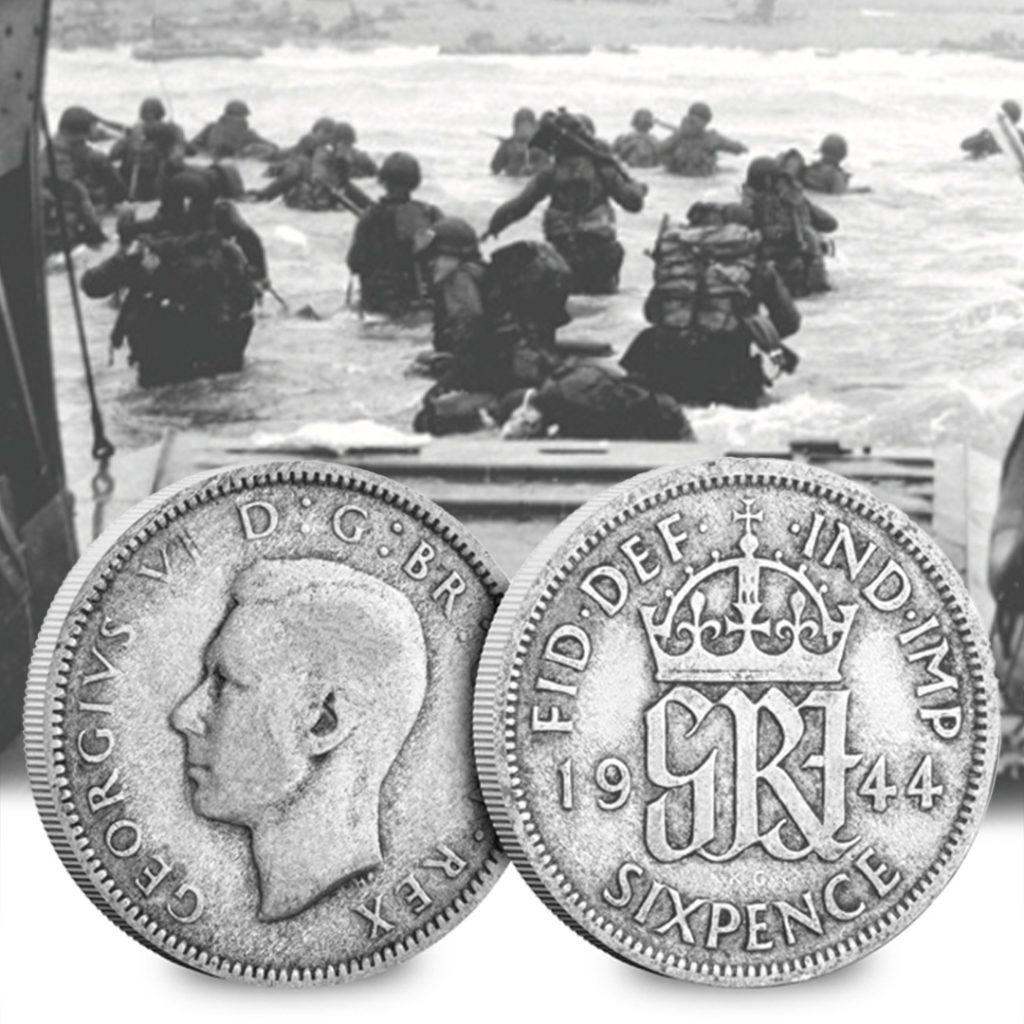
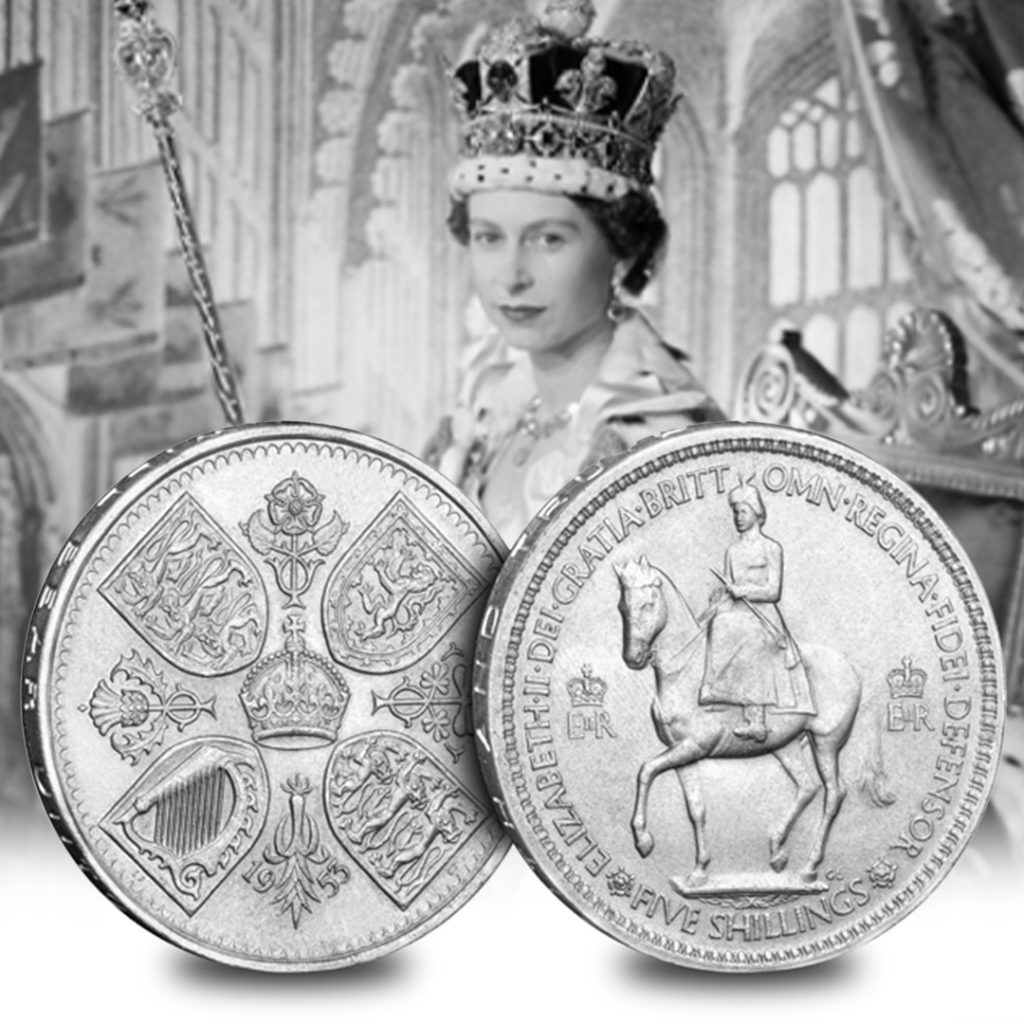
1953 Coronation Crown – Queen Elizabeth II’s First Coin
The 1953 Coronation Crown commemorates the coronation of Queen Elizabeth II. As Britain’s longest-reigning monarch, her coronation was a moment of national pride and unity. Featuring the Queen on horseback, this coin marks the beginning of a reign that would span over seven decades, making it a cornerstone of this collection.
1965 Churchill Crown – Honouring a Wartime Leader
Sir Winston Churchill, the man who led Britain through World War II, was immortalized on the 1965 Churchill Crown, issued in the year of his death. This was the first time a non-royal figure appeared on a British coin, cementing his legacy as one of the greatest leaders in British history.
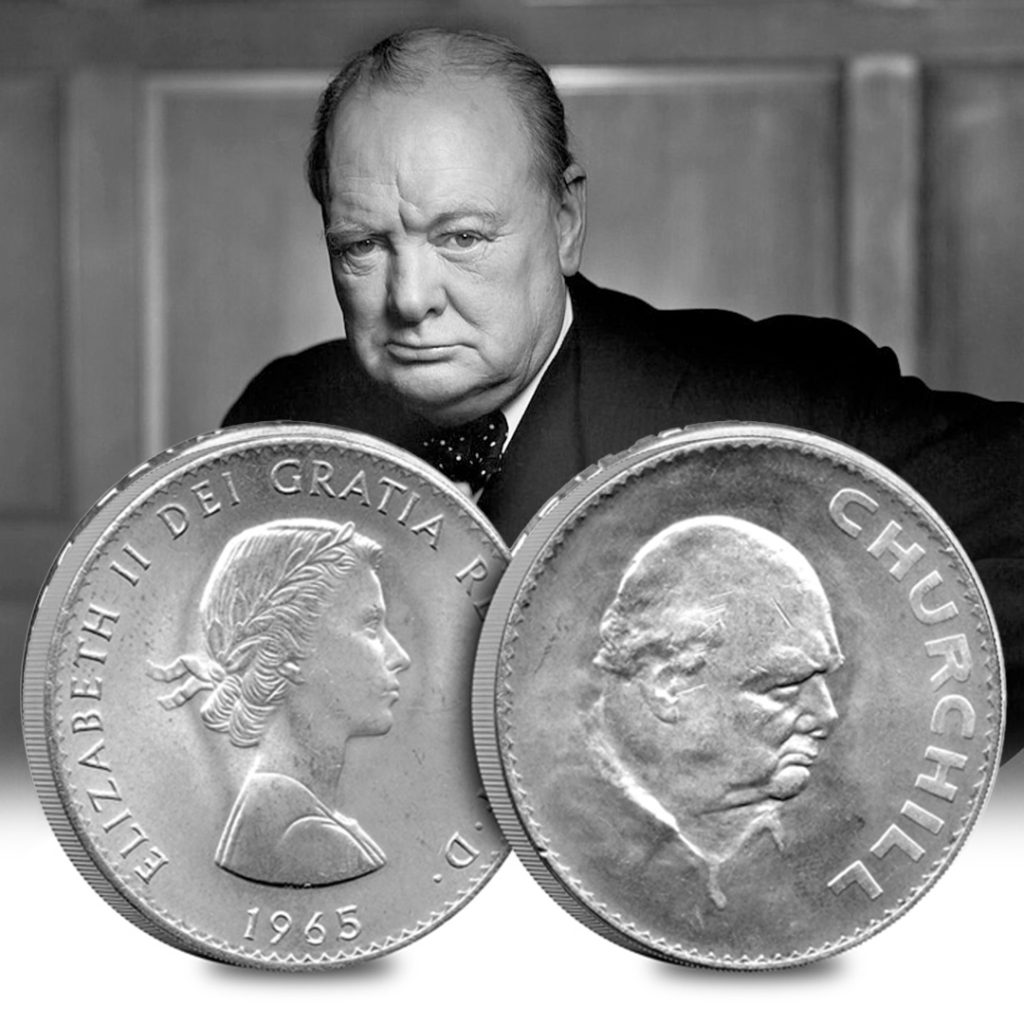
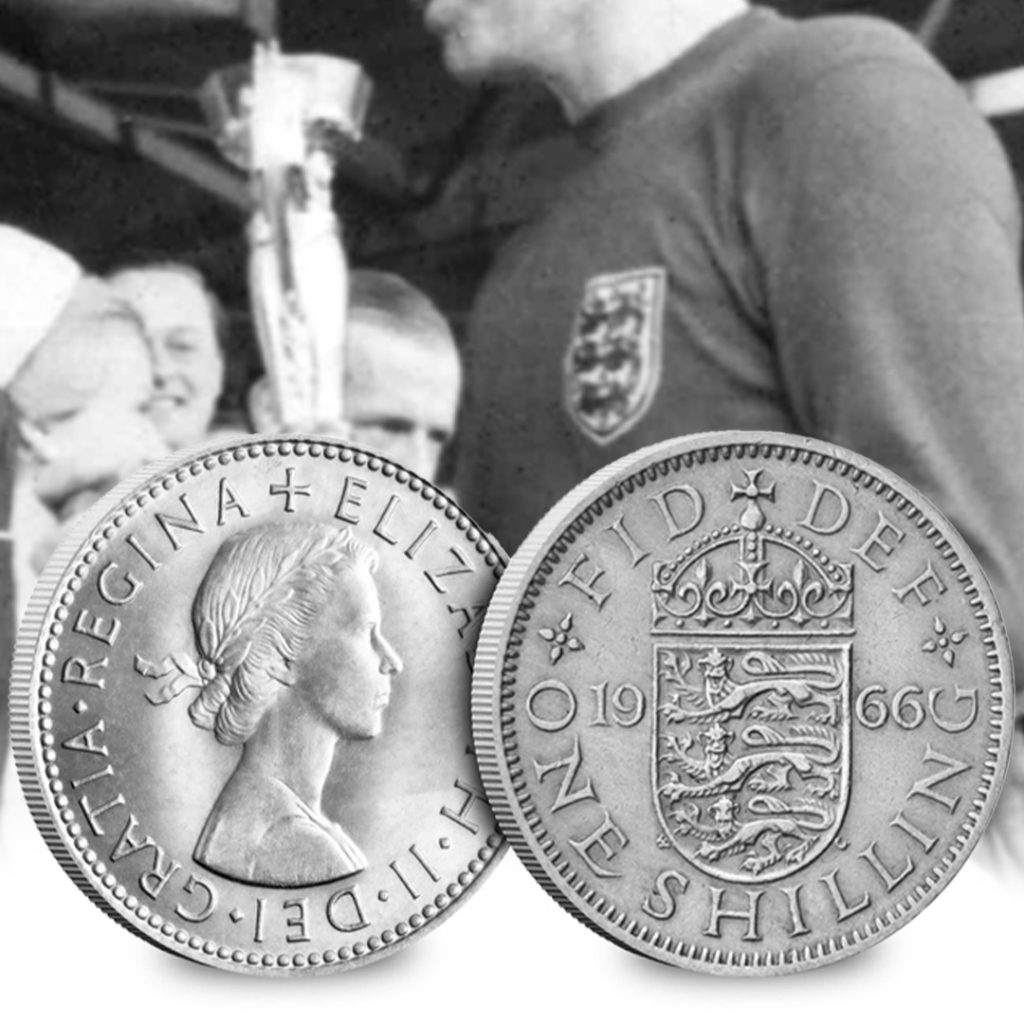
1966 Shilling – England’s Football Glory
1966 was a year of triumph for England, as the national football team secured their first and only World Cup victory. The 1966 Shilling captures the excitement of this historic win and the moment England was crowned champions, a moment that still resonates with football fans today.
2022 Memoriam 50p – A Tribute to Elizabeth II’s Reign
The final coin in the collection, the 2022 Memoriam 50p, pays tribute to Queen Elizabeth II after her passing. Issued to honor her record-breaking 70-year reign, this coin is also notable for being the first to feature the official effigy of King Charles III. It’s a fitting close to a remarkable chapter in British history.
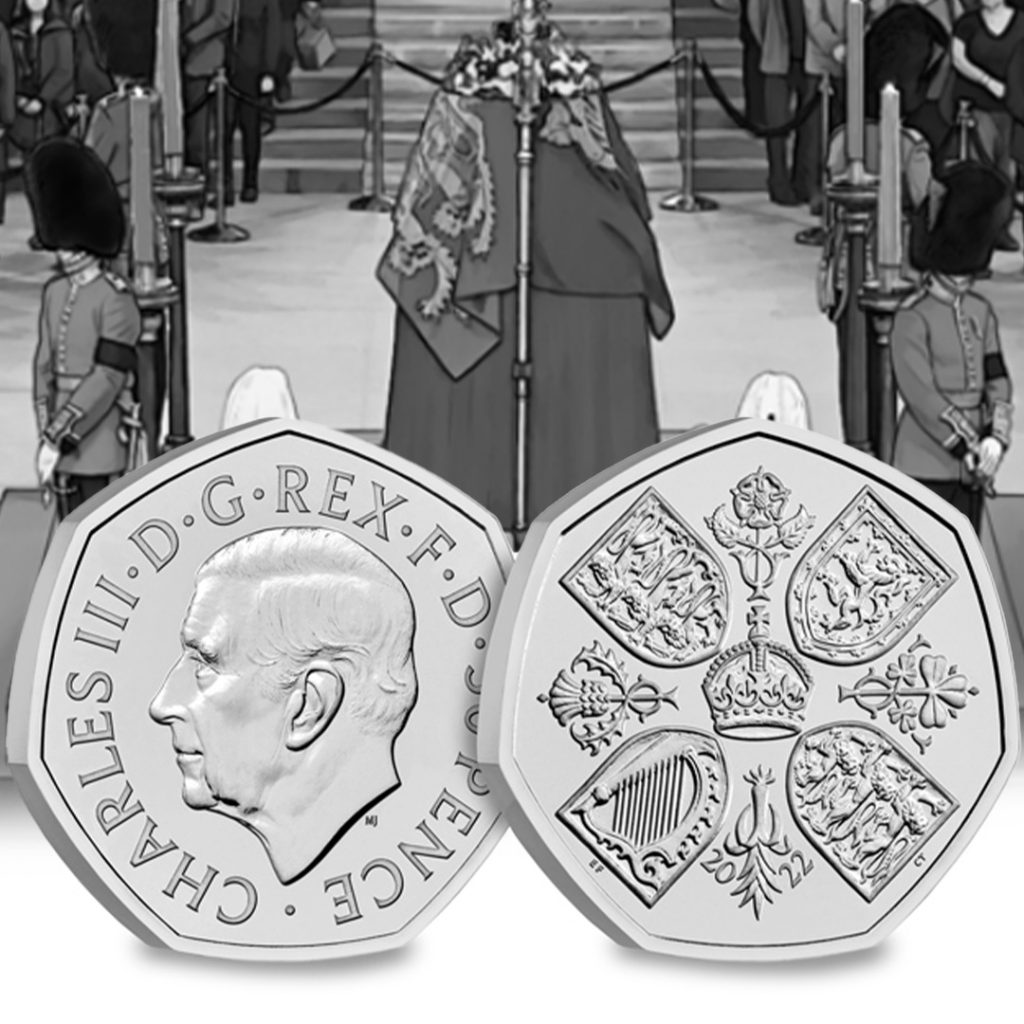
Your Connection to British History
This unique collection isn’t just a set of coins—it’s a journey through Britain’s most iconic moments. Each coin is preserved in a bespoke presentation case, along with a timeline certificate of authenticity, ensuring that you not only own a part of history but also the story behind it.
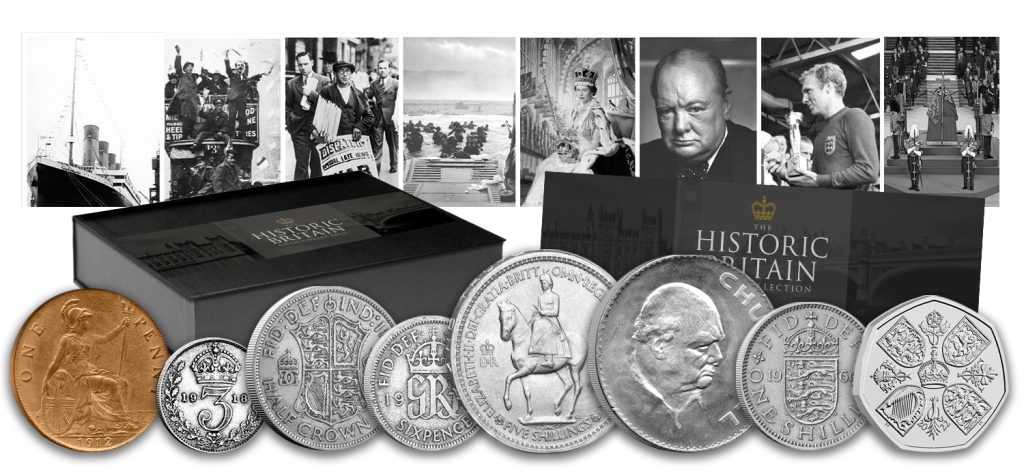
With the limited number of these historic coins available, this is your chance to secure a collection that spans over a century of British history. Don’t let this opportunity slip away.
> Click here to get your Historic Britain Coin Collection today <
The Evolution of UK Banknotes: From Paper to Precision
The history of banknotes in the United Kingdom is a fascinating journey of innovation, security, and tradition. From the earliest issues to the forthcoming King Charles III banknotes, each phase reflects the technological and cultural shifts of its time.
A Brief History of UK Banknotes
The Bank of England began issuing banknotes shortly after its establishment in 1694. Initially, these notes were handwritten, a far cry from the highly sophisticated currency we use today. By the mid-18th century, partially printed notes were introduced, with the denomination and other details filled in by hand.
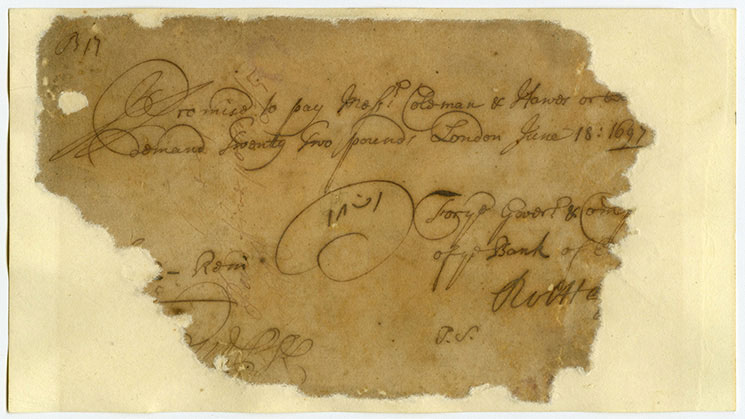
Source: Bank of England website
https://www.bankofengland.co.uk/museum/online-collections/blog/our-earliest-bank-of-england-note
The 19th century brought significant changes with fully printed notes and the introduction of standardized designs to prevent forgery. A pivotal moment in the history of UK banknotes came in 1960 when Queen Elizabeth II became the first monarch to be featured on the Bank of England notes. Her portrait on the £1 note marked the beginning of a tradition of depicting reigning monarchs on the nation’s currency, providing a sense of continuity and national identity.
Security Features: From Simplicity to Sophistication
As technology advanced, so did the sophistication of banknote security features. Early notes relied heavily on the quality of the paper and intricate designs to deter counterfeiters. However, as counterfeiting techniques improved, so too did the security measures.
Modern UK banknotes are a marvel of technology and design. Click on the dots below to explore the key security features:
Introducing the King Charles III Banknotes
In a historic move, the Bank of England is set to release the new King Charles III banknotes on June 5th, 2024. This marks the first time in over 70 years that a new monarch’s portrait will grace the currency, following the reign of Queen Elizabeth II.
The King Charles III banknotes will continue to feature the same high-security features of their predecessors and the new banknotes will initially be available in £5, £10, £20, and £50 denominations. They will circulate alongside the existing Queen Elizabeth II notes, gradually phasing out the older series as they wear out.
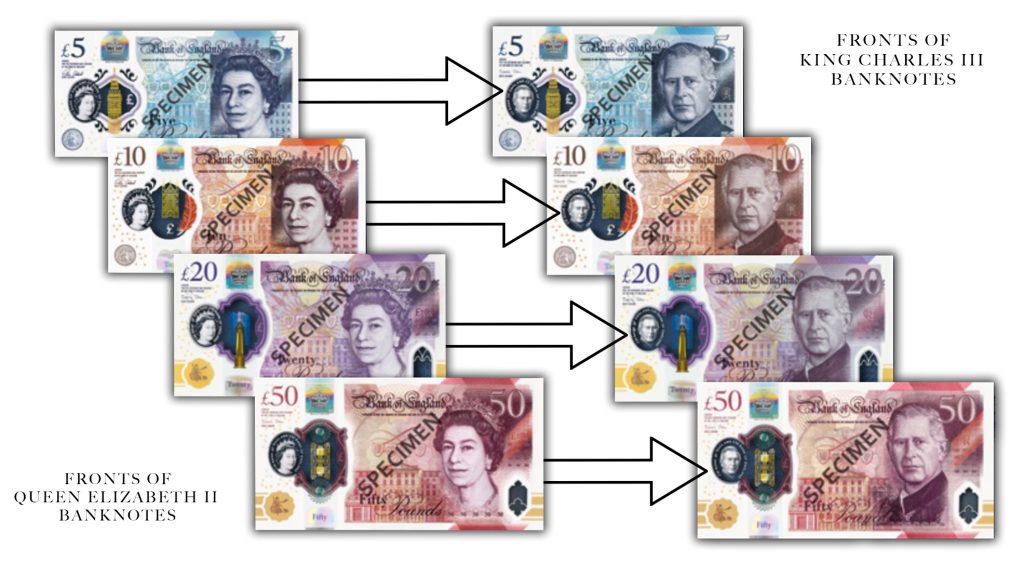
Introducing the DateStamp™ Set: Connecting the Past and Present
To commemorate this historic transition, we are excited to introduce an exclusive DateStamp™ set that brings together the past and the present of UK currency. This unique collection features the Queen Elizabeth II £5 and £10 banknotes alongside the brand new King Charles III £5 and £10 banknotes, each postmarked on the official issue date, 5th June, 2024.
You can now be one of just 2,024 collectors to own this special set.
Click here now to pre-order yours before the official release >>
A Journey into Supersonic History with Chief Concorde Engineer John Britton
Commemorating Concorde’s Final Flight
Have you ever dreamt of stepping into the world of supersonic aviation history? Well, I recently had the chance to turn that dream into reality as I embarked on a thrilling adventure to the Bristol Aerospace Museum. This journey wasn’t just about wandering through exhibits, it was about commemorating the 20th anniversary of the final flight of the world-famous supersonic aircraft, Concorde.
I jumped at the opportunity to take our brand new Concorde commemoratives on board Concorde Alpha Foxtrot 216 G-BOAF.
On Board Concorde G-BOAF
As I set foot on the Concorde, I couldn’t help but feel the weight of a lifelong dream coming true. The sleek lines, the aviation marvel that once ruled the skies—it was all there beneath my feet. But this adventure wasn’t just about being on board; it was about delving into the heart of Concorde’s legacy.
The highlight of my day? An exclusive interview with none other than Concorde’s Chief Engineer, John Britton. Imagine having the opportunity to pick the brain of the mastermind behind this supersonic aircraft.
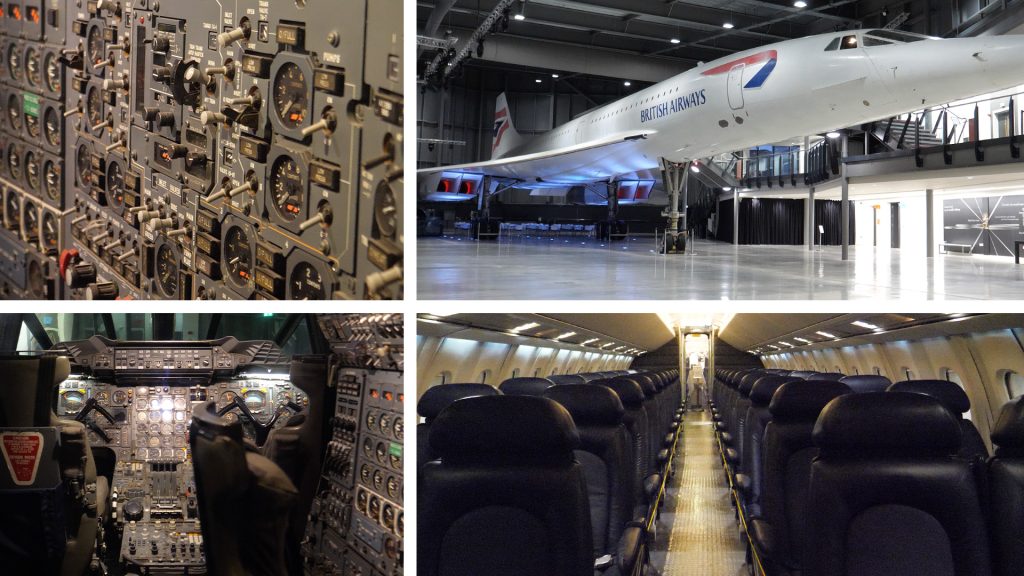
Behind the Scenes: Exclusive Interview with Chief Engineer John Britton
The stories, the facts, and the rich history he shared with me were nothing short of awe-inspiring. Britton’s insights transported me back in time, painting a vivid picture of Concorde’s glory days. From the engineering marvels that defined its success to the intricate details of its final flight.
As I listened to Britton, I couldn’t help but marvel at John’s passion and engineering brilliance that helped bring Concorde to life.
Leaving the museum that day, I carried with me not just the commemoratives that had traveled on Concorde’s final journey but a newfound appreciation for the legacy of supersonic travel. The Bristol Aerospace Museum had transformed a casual visit into a journey through time.
I urge you to step into the world of Bristol Aerospace Museum and witness this iconic aircraft for yourself.
